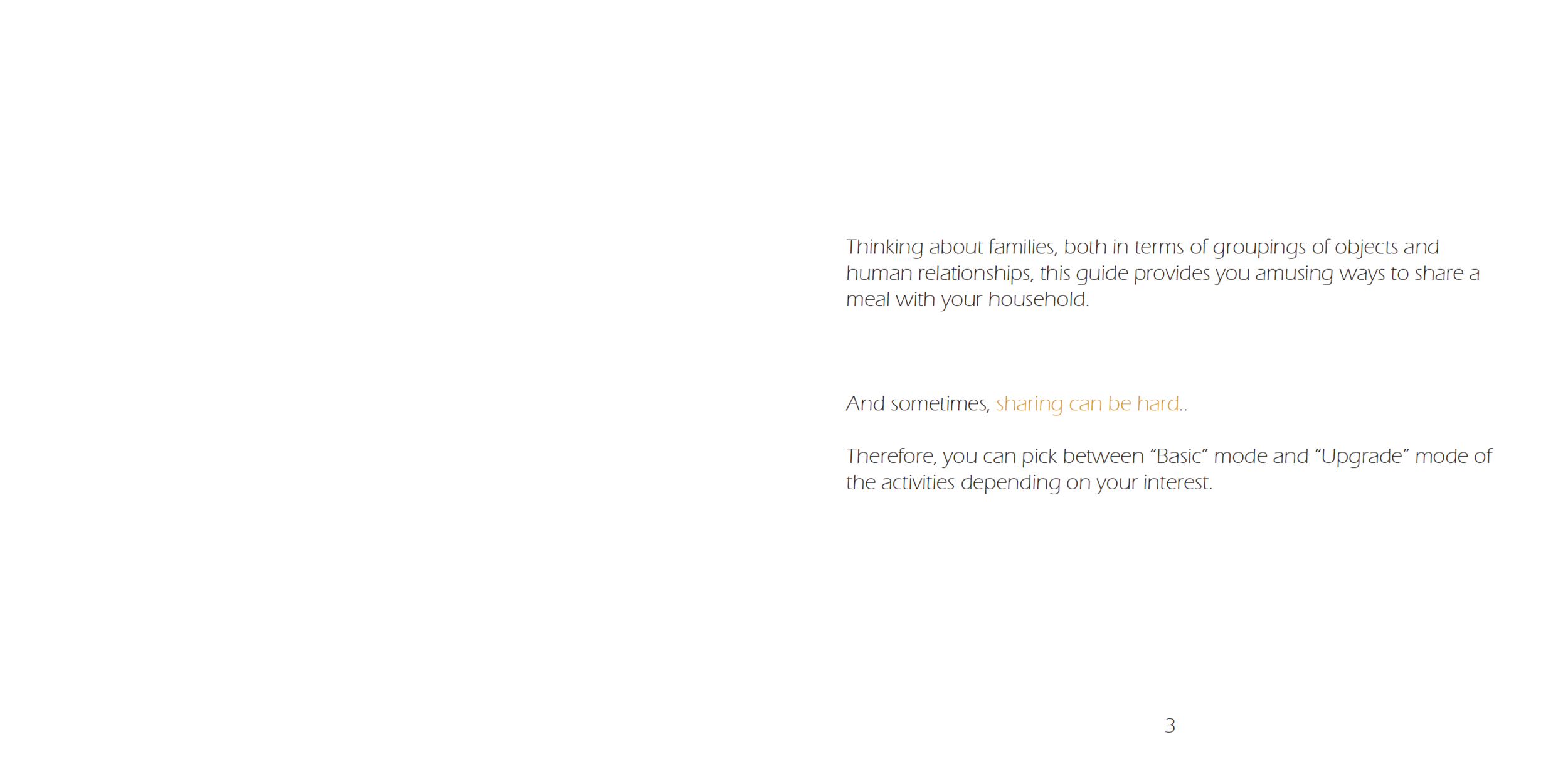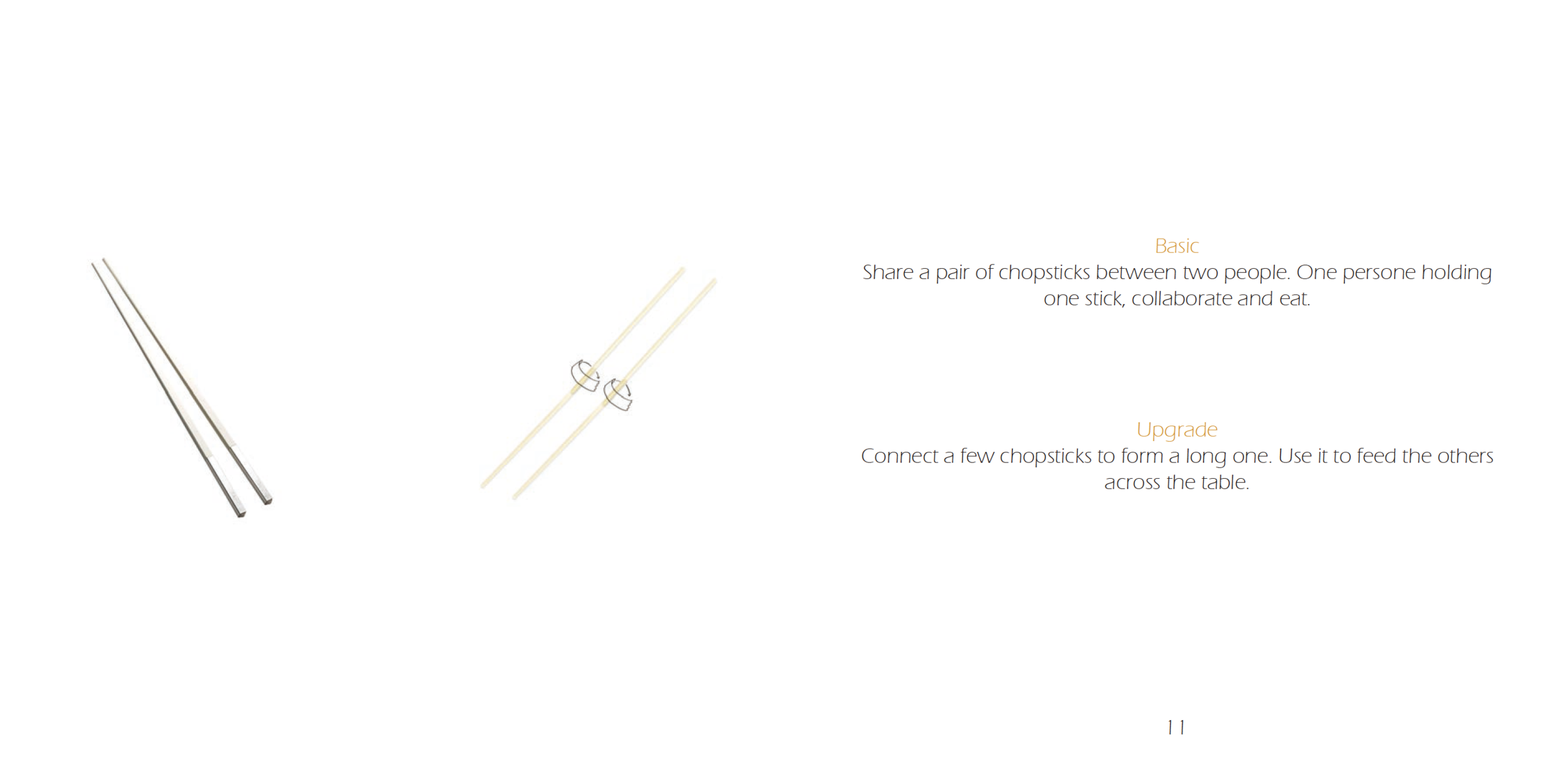How can we as designers facilitate interpersonal connections and community well-being in the midst of this global pandemic and the resulting quarantine and “stay-in-place” orders? What can be considered a “good” design for this special time period? A designed object can only serve so much, but a designed environment and atmosphere will go a long way.
Why am I doing this project?
My interest in the complexity of problems could not have been highlighted at a more interesting time. We are suddenly facing some of the most difficult challenges we have ever faced, and truly no one knows what the future holds. I, along with many, figured that climate change would be the frontrunner in the whole wake-up to global crises, but no, it is a global pandemic. The things we must face as a civilization in the com¬ing years are going to be so much more complicated than I think any of us can comprehend, and this pandemic only begins to shed light on that. These complex problems seem to overwhelm many and inspire others, including myself. They also seem to offer a guiding light to many others, pushing them to become, engineers, doctors, civil liberties, and designers.
The Project: Designing for Quarantine Life
Design today, not only industrial design but all the other design fields, is not complete without system, structure, service, and experience design. The focus of design education is not solely on the engineering part of the product, but the planning part. As Ezio Manzini says, as a “mental project,” design is becoming increasingly large in scale. What’s most important for a household in quarantine, other than the supply of necessities, is the health of the relationship within the household community. Whether composed of friends, families, roommates, or relatives, a household is by itself a society. Just like the large society is experiencing disease and depression right now, the households are also going through stress. And as an “outsider” of the household, a “traditional designer” can only do so much.
Therefore, my recent project allows me to redesign the role of myself as a designer. In this case, I become a coach who creates a playful and fun atmosphere through teaching and leading household family games and other activities that require collaboration. What’s most important in this recent project is that I am only giving out the idea of using designed games to relieve stress. The families quickly grab onto the idea and start developing the original activities to create their own versions of the games. In this project, all things are designed, and everyone is designing. Like Ezio Manzini indicates, “the role of the design experts is to feed and support the individual and collective projects.”
Thus, designers are social workers for today’s society. We are a group of people who need to know as many aspects of society as we can and try to learn as much “irrelevant” knowledge as we can during our education. Through this way, we as designers will have a better understanding of this world and the problems that need to be solved. The book also mentioned the concept that “I am only working on one out of an infinite number of problems in one industry in this world.” I do not find this idea scary because designers are not solving the problem by themselves. Designers can be seen as the catalyst in this society, in which everyone designs.
The idea that no matter the scale of the work the designer did, doing the action of “design” is simply “changing existing situations into preferred ones” is interesting and helpful for me. Just like designing for quarantined households, I do not need to create a whole new environment in order to solve the problem. I just need to give a little push. And all the other work will be done by everyone else in the household. And I believe their own designed games are much better than the ones that I instruct them to follow and do.
CHEERS?
Bringing tailored, carefully designed, neurologically stimulating, and emotionally connective activities, "Cheers?" is a digital booklet designed to help the public pass the time of quarantine. Using the internet as a distribution method, it launched as a community project and facilitates interpersonal connections and community well-being during the pandemic.
This is an individual project completed in 2020.
Source Discussion Word Count: 1811 words
Media: Digital







